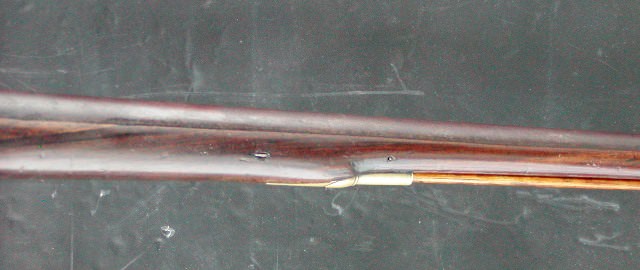- Joined
- Oct 25, 2020
- Messages
- 3,978
- Reaction score
- 1,498
Anybody know if it matters how you insert the wedge pin ?
Was reading a Lyman Great Plains rifle label literature, and it states inserting the pin "right to left".;
I've always seen it done opposite most of the time.
Would it affect anything ?
Was reading a Lyman Great Plains rifle label literature, and it states inserting the pin "right to left".;
I've always seen it done opposite most of the time.
Would it affect anything ?












